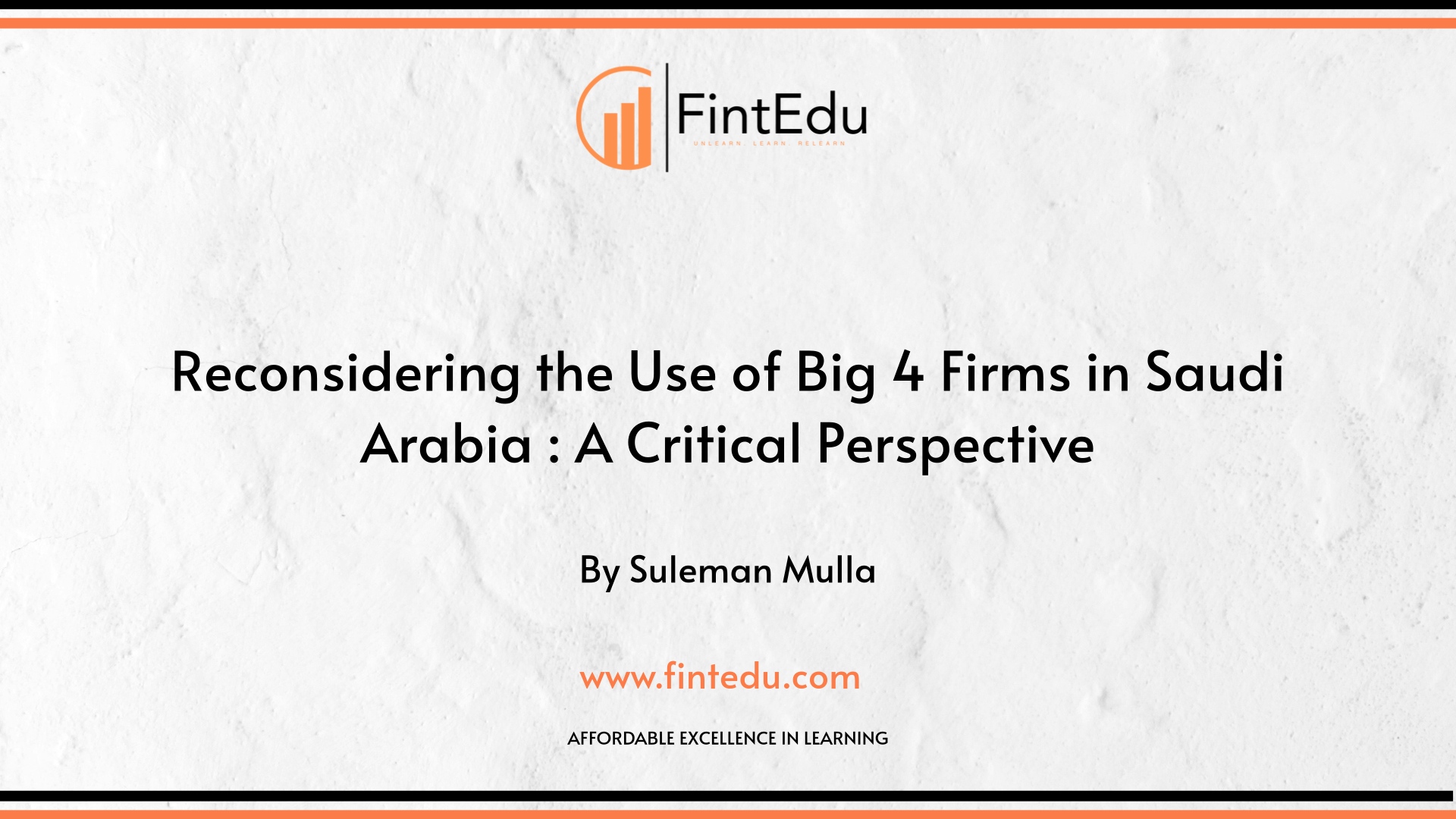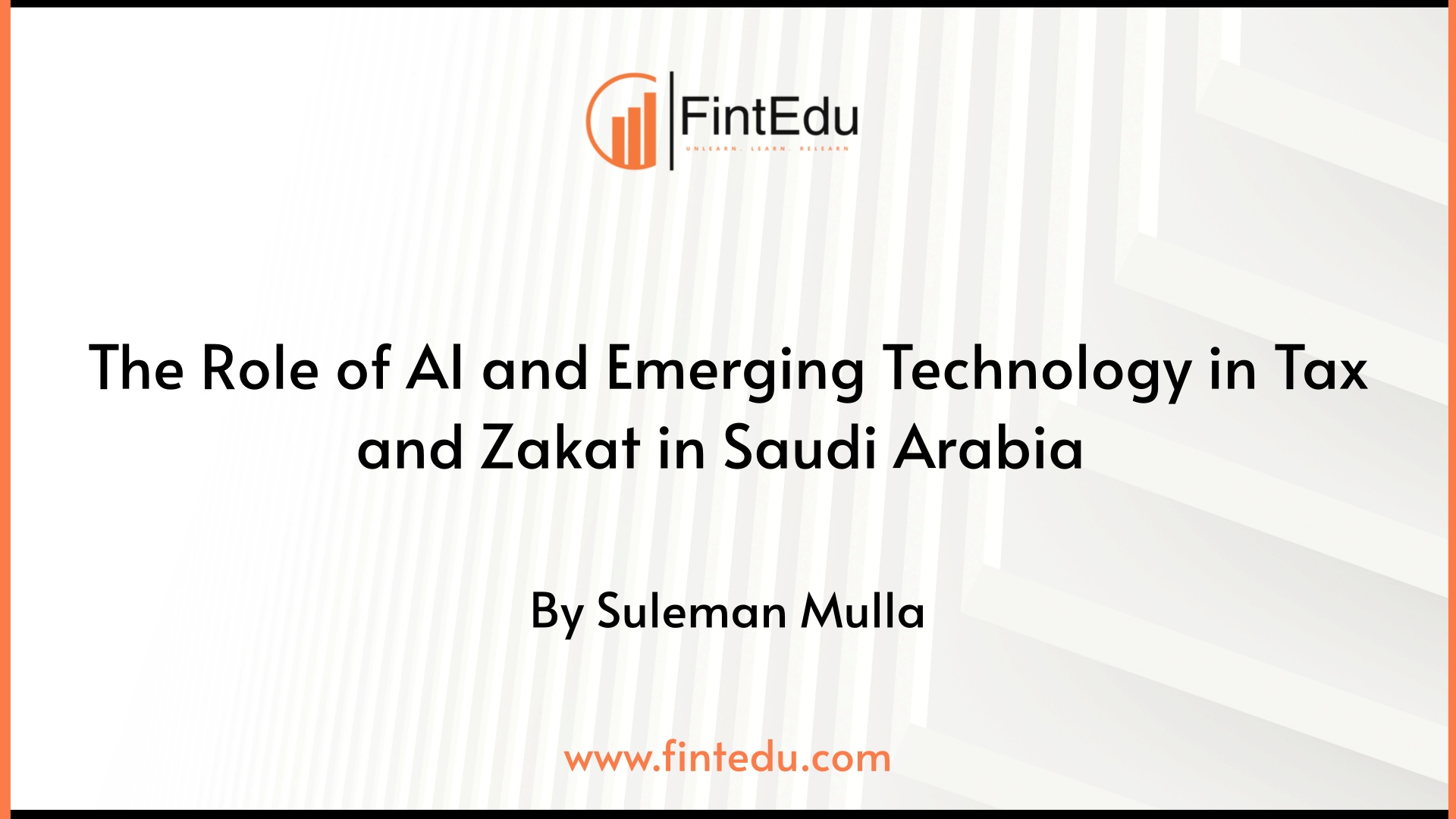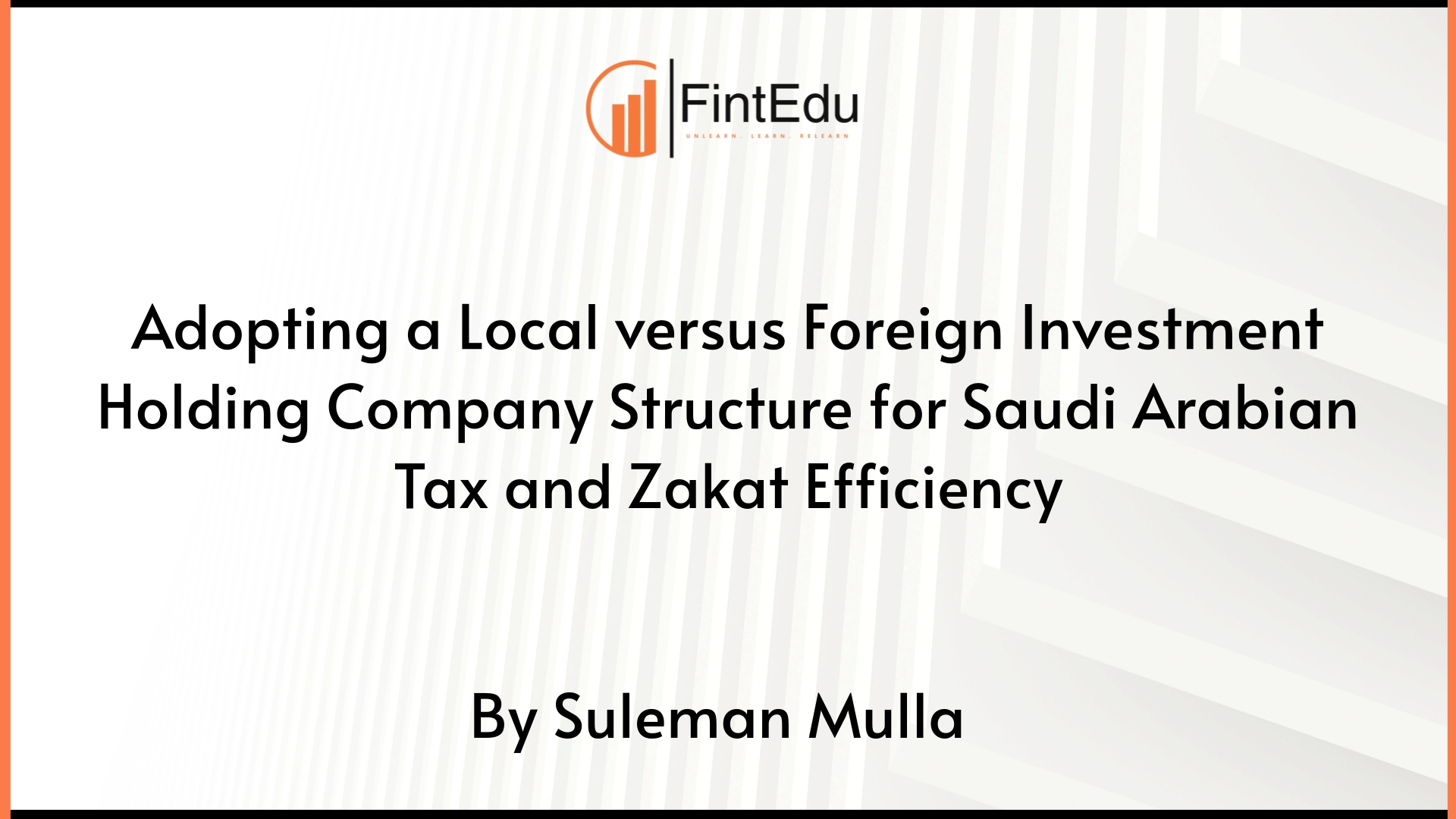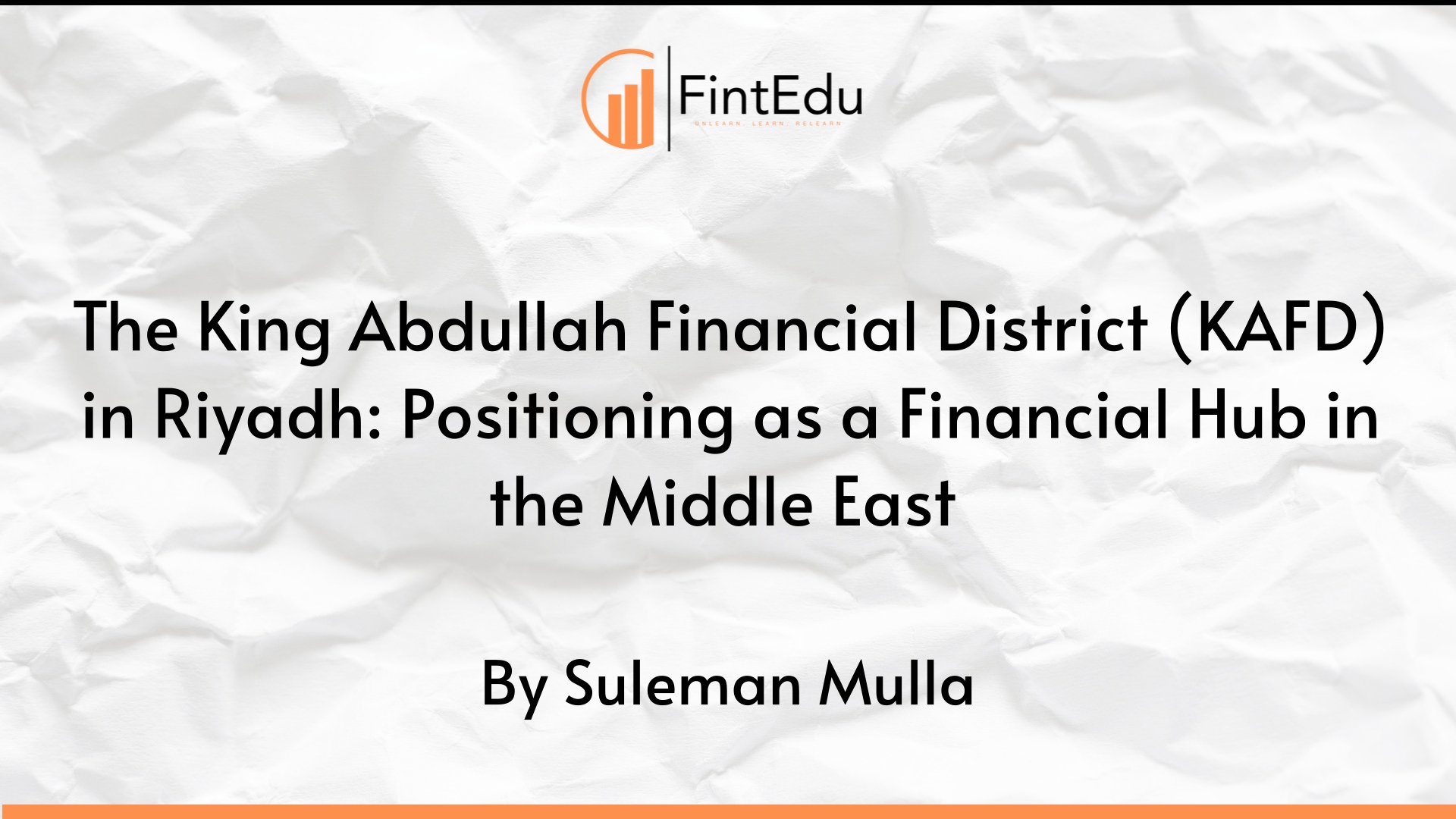LISTEN TO THIS ARTICLE
Saudi Arabia and the broader region have witnessed a surge in family offices, special purpose vehicles, and international investment holdings established in the UAE's ADGM and DIFC. Driven by legal, commercial, and tax advantages, these entities serve as strategic platforms for outbound investments and financial products.
As Riyadh emerges as a regional business powerhouse and with increasing requirements for multinational companies to have a physical presence in Saudi Arabia, the King Abdullah Financial District (KAFD) (as an illustration) presents a compelling opportunity to become a leading financial hub. To achieve this ambitious goal, KAFD could effectively leverage its unique advantages and position itself as a preferred destination for international businesses.
To realize this ambitious vision, KAFD may consider effectively leverage several factors that influence its success in attracting international businesses and positioning itself as a leading financial center in the region:
1. Regulatory and Legal Framework
A robust regulatory framework is essential for any financial hub aiming to compete on a global scale.
Both ADGM and DIFC have established comprehensive legal environments, offering business-friendly regulations, ease of doing business, and tax incentives.
For KAFD to remain competitive in this regard, there will be a need to create a similarly strong legal foundation that ensures clarity, flexibility, and protection for international financial institutions. Moreover, offering tax incentives, including reduced corporate taxes and exemptions for financial entities, can significantly boost its competitiveness.
2. Infrastructure Development
KAFD’s modern infrastructure is one of its core strengths. The district boasts cutting-edge facilities, sustainable building designs, and state-of-the-art technology. However, continued investment in transportation, technology integration, and real estate development will be crucial. Seamless connectivity, not just within Riyadh but also with other global financial hubs, will be essential to attracting firms, talent, and investors.
Efficient public transport networks, modern office spaces, and reliable digital infrastructure will position KAFD as an attractive destination for international financial players.
3. Economic Diversification
Saudi Arabia’s Vision 2030 initiative, aimed at reducing the country’s reliance on oil and promoting economic diversification, would be intrinsically linked to KAFD’s potential as a financial hub. The success of Vision 2030, with its focus on fostering sectors such as financial services, technology, and tourism, will play a pivotal role in KAFD’s attractiveness to global businesses. By aligning with this national strategy, KAFD can serve as the financial epicenter of the kingdom’s evolving economy, capitalizing on new investment opportunities in non-oil sectors.
4. Talent Pool
Attracting and retaining skilled professionals is one of the most critical aspects of a successful financial hub.
For KAFD to thrive, there will be a need for a vibrant ecosystem of talent and expertise. This involves fostering partnerships with educational institutions, offering training programs in finance and technology, and promoting career opportunities for both local and international professionals. Initiatives that encourage knowledge transfer, entrepreneurship, and innovation within the district will bolster its attractiveness. Additionally, creating an expatriate-friendly environment with lifestyle amenities and competitive compensation packages will further enhance its appeal.
5. International Relations and Connectivity
KAFD’s success in attracting global firms will depend heavily on its international connectivity.
This includes both physical connectivity—such as direct flights to major global financial centers—and the development of strategic partnerships and trade agreements. Saudi Arabia’s participation in global financial networks, its role in international finance organizations, and the establishment of bilateral and multilateral treaties will help position KAFD as a globally connected hub. Ensuring ease of access for international businesses through streamlined visa processes and regulatory approvals will also be key. Much progress has already been made in this regard.
6. Differentiation from Existing Financial Hubs
ADGM and DIFC have built strong reputations and developed extensive global networks.
KAFD will need to differentiate itself from these established hubs by offering unique advantages. Whether through specialized financial services, innovative technology ecosystems, or competitive tax incentives, KAFD would need to carve out a distinct identity. Its alignment with Vision 2030 and Saudi Arabia’s evolving economic landscape could serve as a differentiating factor, attracting businesses looking to tap into new growth markets in the kingdom and the broader Middle East region.
7. Role of Taxation in KAFD's Competitiveness
Taxation is a critical factor that influences the attractiveness of financial hubs. Both ADGM and DIFC offer favorable tax regimes, making them appealing destinations for international businesses and financial institutions. KAFD’s tax policies will need to match or exceed these incentives to compete effectively.
While matching the UAE’s tax-free environment is a minimum requirement, offering additional benefits such as extended tax holidays, sector-specific exemptions, or lower operational costs could make KAFD a more attractive proposition.
Offering tax holidays or exemptions to startups and small to medium-sized enterprises (SMEs) would foster innovation and entrepreneurship within KAFD. This could transform the district into a breeding ground for financial technology startups and innovative businesses.
While short-term tax incentives can help attract businesses, KAFD must also consider the long-term sustainability of its tax policies. A balanced approach that ensures a stable revenue stream for the government while maintaining the district’s attractiveness to businesses will be essential.
Conclusion
KAFD has the potential to become a leading financial hub in the Middle East, akin to ADGM and DIFC. However, its success will depend on a careful balance of regulatory strength, infrastructure development, talent attraction, international connectivity, and tax competitiveness. With Saudi Arabia’s ongoing commitment to economic diversification under Vision 2030, and through strategic collaborations between the government and the private sector, KAFD can emerge as a significant player in the region’s financial landscape. The right combination of incentives, regulatory clarity, and business-friendly policies will be key to this long-term success.
Disclaimer: Content posted is for informational and knowledge sharing purposes only, and is not intended to be a substitute for professional advice related to tax, finance or accounting. The view/interpretation of the publisher is based on the available Law, guidelines and information. Each reader should take due professional care before you act after reading the contents of that article/post. No warranty whatsoever is made that any of the articles are accurate and is not intended to provide, and should not be relied on for tax or accounting advice
Contributor
Related Posts

@@PLUGINFILE@@/Reconsidering%20the%20Use%20of%20Big%204%20Firms%20in%20Saudi%20Arabia%20%20A%2...
Read More
@@PLUGINFILE@@/The%20Role%20of%20AI%20and%20Emerging%20Technology%20in%20Tax%20and%20Zakat%20i...
Read More
@@PLUGINFILE@@/Adopting%20a%20Local%20versus%20Foreign%20Investment%20Holding%20Company%20Stru...
Read More